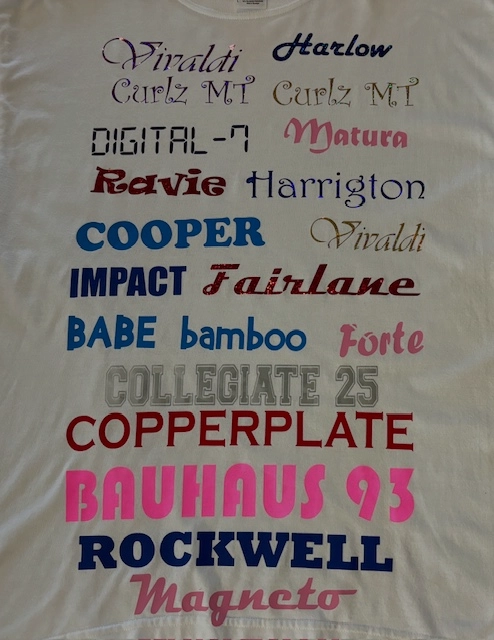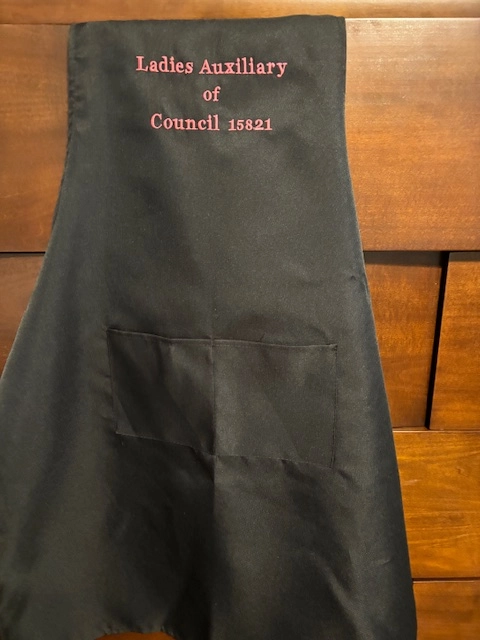The Art of Custom Needlework: Opening the Keys to Creating Unique and Unforgettable Layouts
The secrets to developing custom-made embroidery layouts that mesmerize the eye and leave a long lasting impact lie in a delicate balance of strategy, creativity, and focus to information. As we delve right into the world of customized needlework, we uncover the nuanced interplay in between string choice, stitch intricacy, and layout personalization that raises a simple garment to a job of art.
Choosing the Right Needlework Threads
When picking embroidery threads, what vital variables should you think about to make certain the most effective results for your custom styles? The option of embroidery string is critical in identifying the final end result of your embroidered layout. One of the main factors to consider is the material of the thread. Different materials such as cotton, polyester, rayon, and silk supply varying degrees of shine, resilience, and appearance. It is necessary to choose a string material that matches the fabric you are stitching on and straightens with the preferred appearance of the style.
Additionally, the weight or thickness of the string plays a significant role in the appearance of the needlework. Thicker threads can include measurement and structure to your design, while finer threads are perfect for complex information and small message. In addition, taking into consideration the color fastness and washability of the thread is essential to make certain that your custom styles keep their top quality and vibrancy in time. By very carefully reviewing these factors and choosing premium threads that meet your certain needs, you can boost the visual appeal and durability of your stitched productions.
Checking Out Various Stitch Strategies
To explore the realm of 'Exploring Various Stitch Methods', one must grasp the details and nuances that each stitching method brings to the art of embroidery. Various stitch techniques not only include visual interest but additionally add to the overall texture and dimension of the layout. One popular stitch method is the satin stitch, which includes carefully jam-packed parallel stitches to create a smooth and shiny surface, ideal for completing shapes and creating bold lays out.
On the other hand, the backstitch is a versatile strategy commonly used for outlining and including great information. It includes stitching backwards to develop a solid line of embroidery. Additionally, the French knot stitch includes a tactile component to layouts, perfect for producing textured accents like flower custom made tee shirts near me centers or ornamental touches.
Checking out various stitch techniques allows embroiderers to play with light, darkness, and deepness within their designs, raising the aesthetic appeal and creative top quality of their embroidery jobs. By mastering numerous stitching techniques, one can open limitless possibilities for producing one-of-a-kind and remarkable custom needlework pieces.
Incorporating Personalized Layout Aspects
Having explored the intricacies of different stitch methods such as the satin stitch, backstitch, and French knot, the emphasis now moves in the direction of including personalized design elements in customized embroidery projects. Customized layout components play a critical duty in making needlework tasks truly unique and memorable. One way to incorporate customization is by including initials, names, or considerable days to the design. This not just adds a tailored touch however additionally enhances the emotional value of the embroidery item.
One more way to integrate personalized layout aspects is by consisting of icons or themes that hold unique significance to the recipient or mirror their passions and personality. Integrating a preferred blossom, pet, or hobby-related symbol can make the embroidery layout extra purposeful and individualized. In addition, picking colors that resonate with the recipient or straighten with the intended style can better boost the personalization of the embroidery project.
Mastering the Art of Color Coordination

One key aspect of color sychronisation is recognizing color theory. This includes recognizing just how various shades connect with each other, the emotions they share, and how they can be integrated to create visually enticing layouts. By internet applying color concept concepts, embroiderers can create unified shade palettes that improve the total look of the style.
Furthermore, focusing on contrast is crucial in color control. Utilizing contrasting colors can assist particular components of the design pop, improve readability, and develop a visually dynamic needlework item. By grasping the art of shade coordination, embroiderers can raise their layouts and create memorable pieces that reverberate with customers and viewers alike.
Enhancing Structure With Advanced Needlework Stitches

Bullion knots, on the various other hand, can be utilized to create twisted, ropelike components that include a luxurious feeling to the embroidery. Exploring with t shirts made to order these sophisticated needlework stitches enables you to press the borders of conventional embroidery and create truly unique and visually enticing structures in your designs.
Verdict
To conclude, the art of personalized needlework includes a mix of choosing the appropriate strings, exploring numerous stitch methods, including personalized design aspects, understanding shade control, and enhancing appearance with sophisticated stitches. By recognizing and executing these crucial elements, embroiderers can produce special and remarkable designs that showcase their creative thinking and ability. Embroidery enthusiasts can unlock the keys to developing stunning and custom items that stand out and leave a long lasting perception.